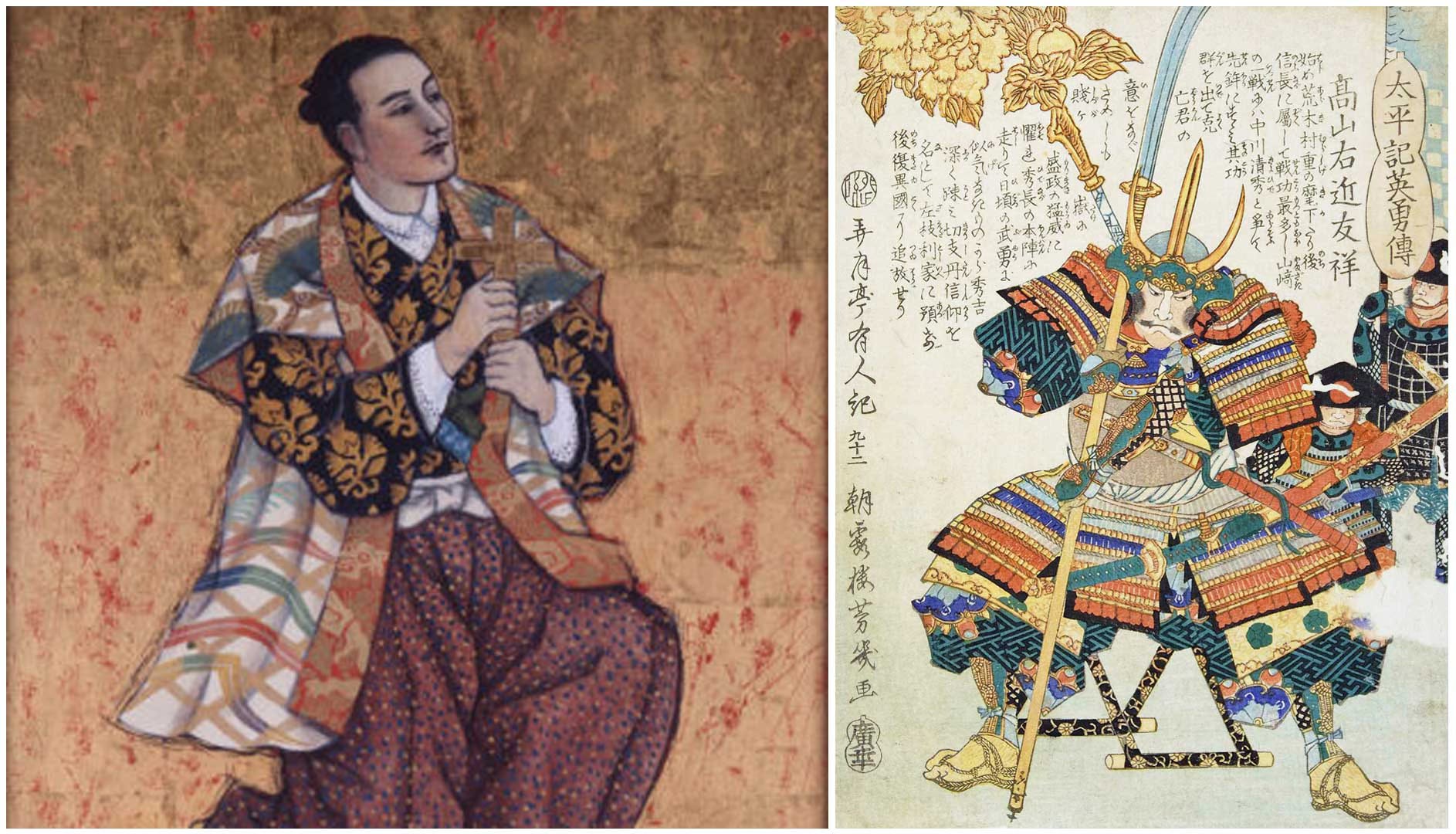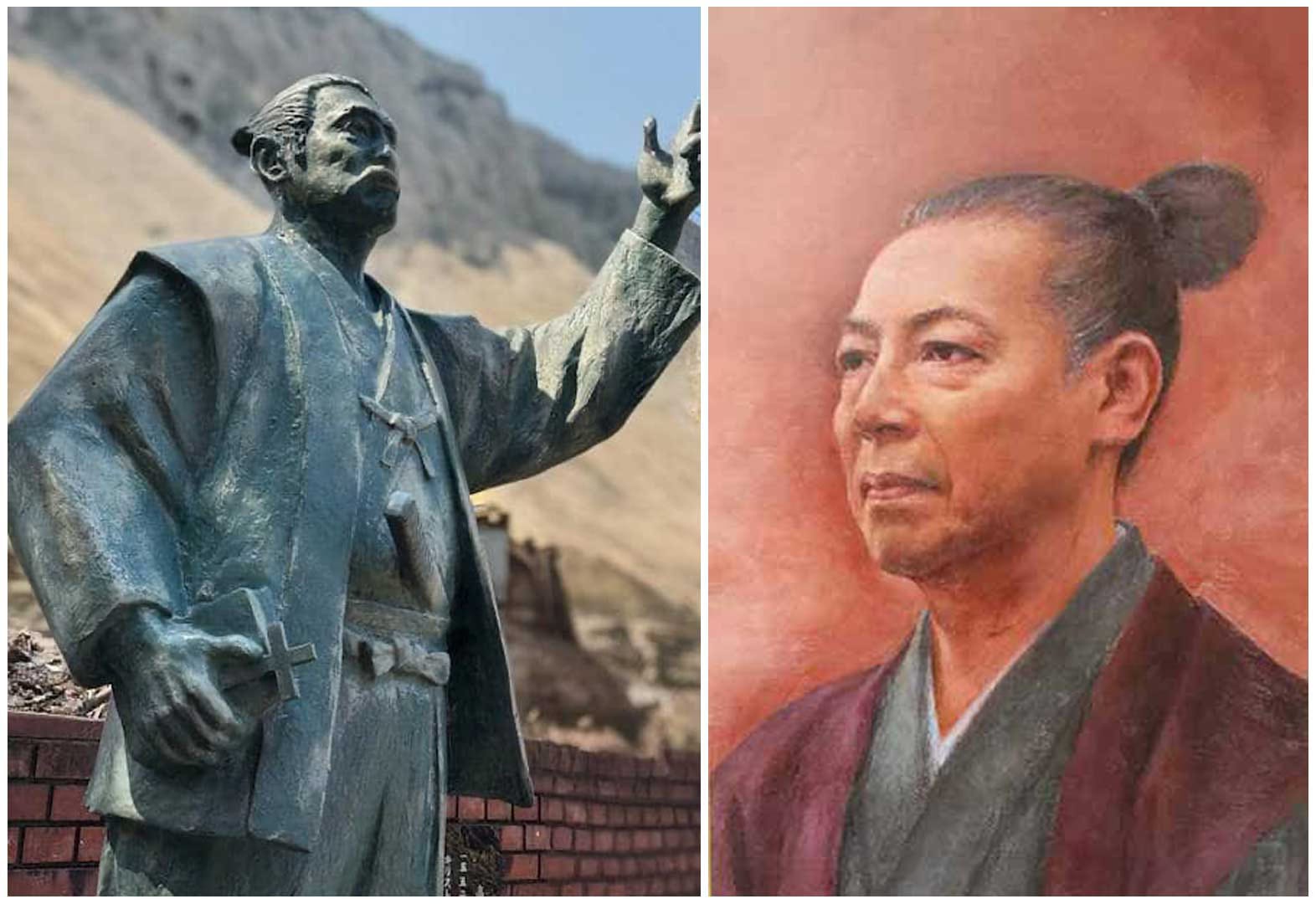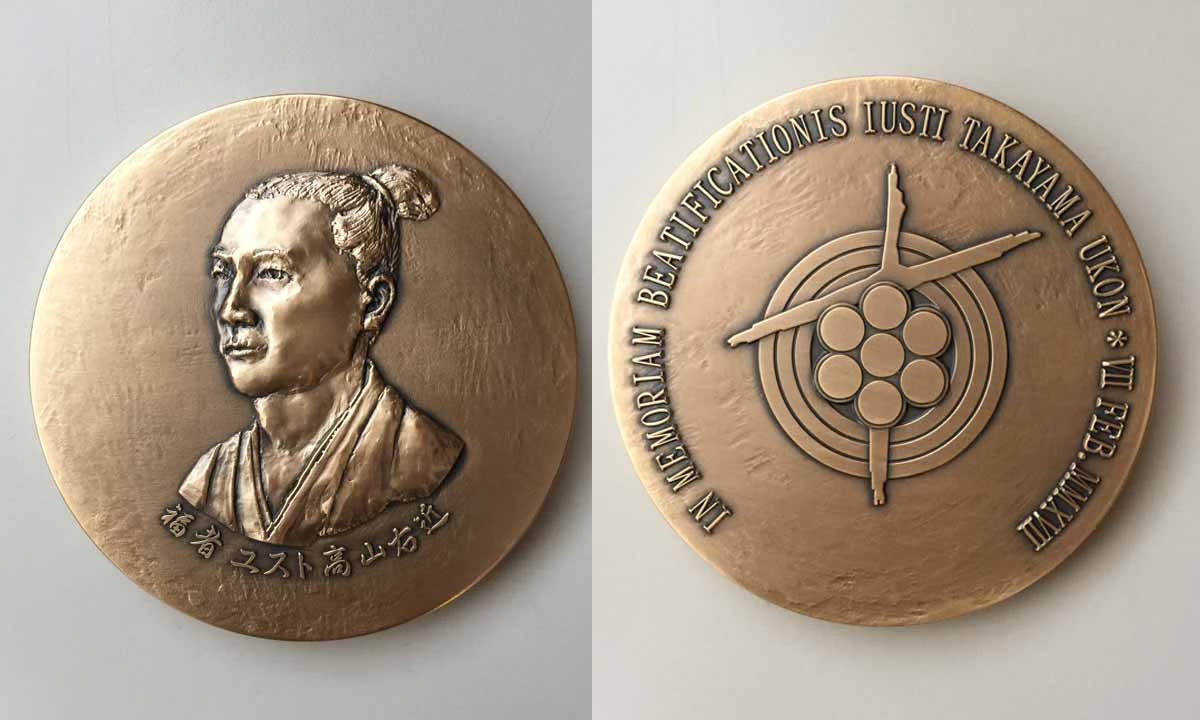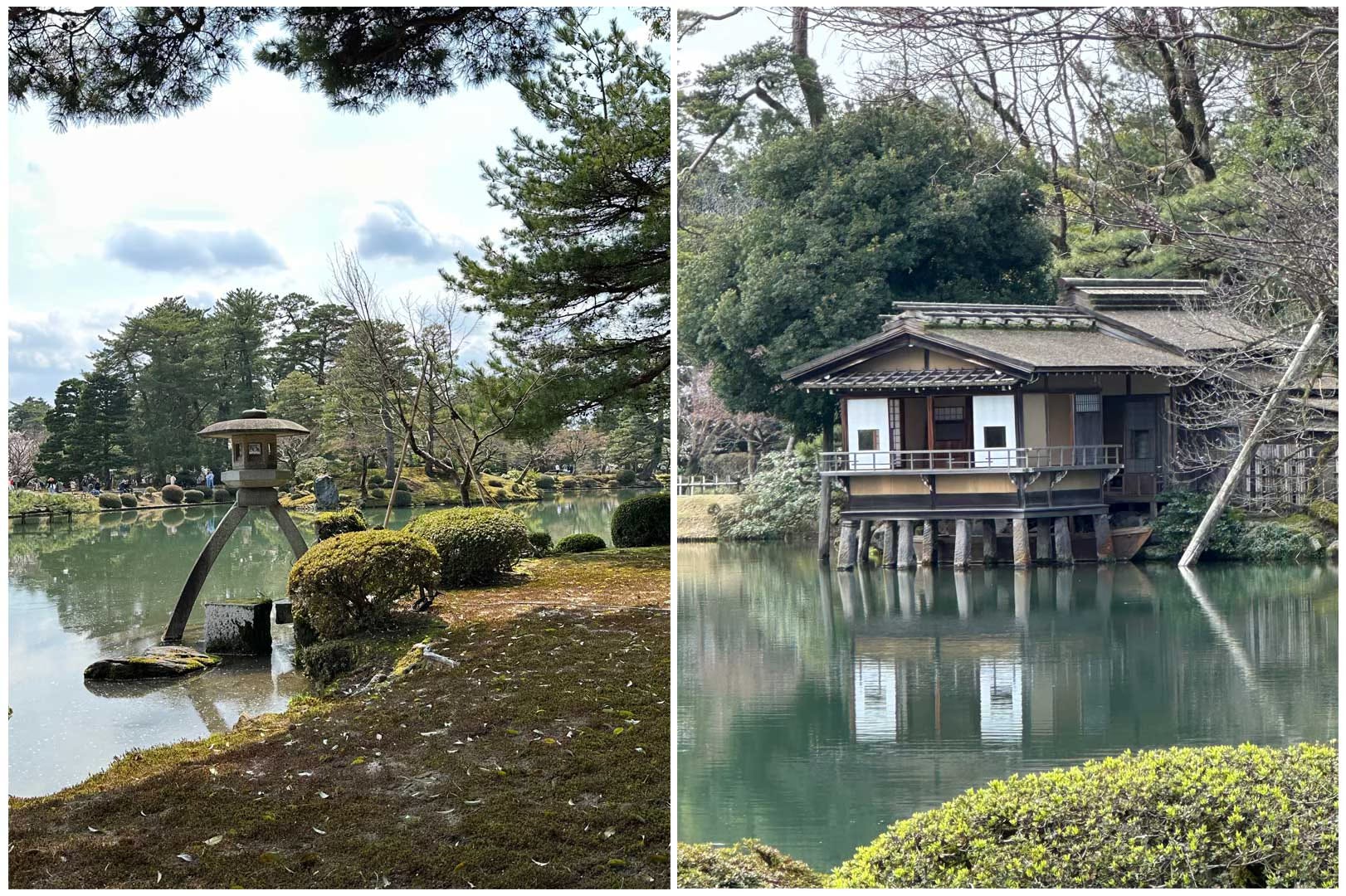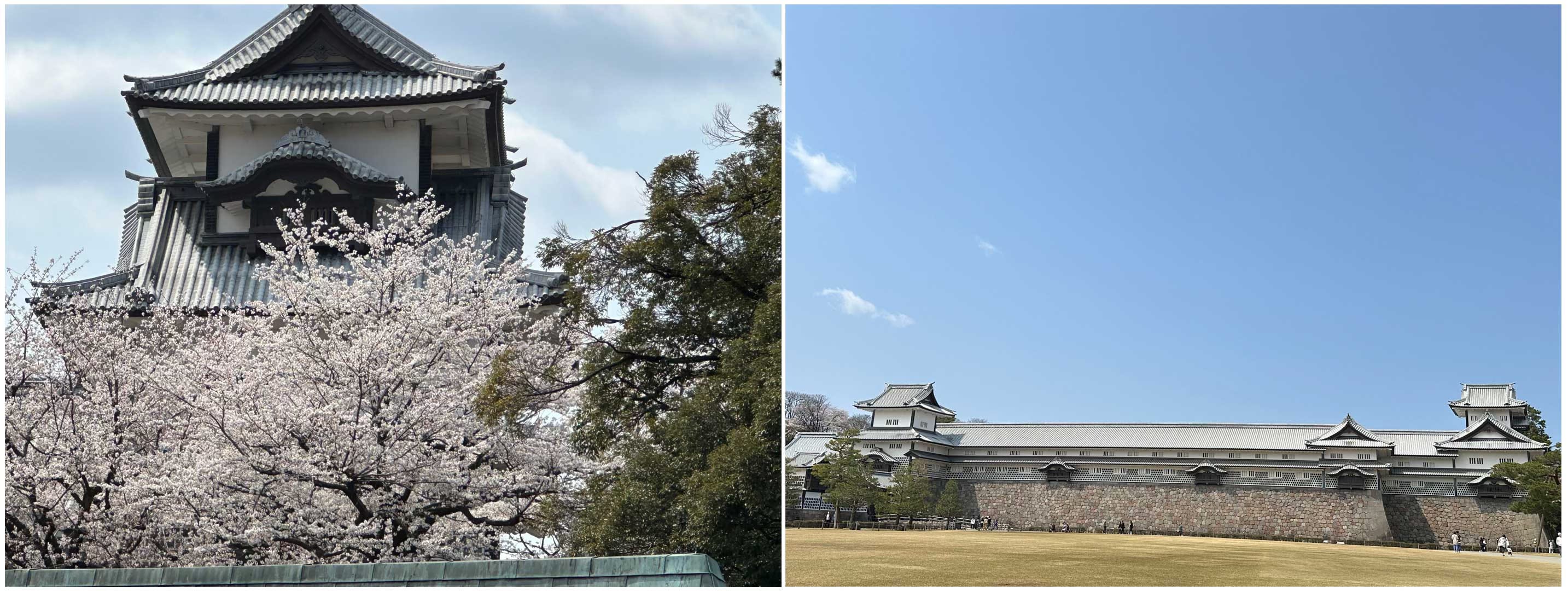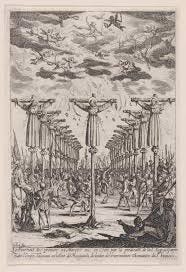A SAMURAI – BUSHIDO AND ALLEGIANCE TO GOD
Smitten By Faith Issue Number :# 0000099 29 April 2025
The word ‘Samurai’ comes from the Japanese verb ‘saburau’ which means ‘one who serves’. In Japanese feudal society particularly during the 15th and 16th century Edo period, Samurai were prominent. They came from the warrior class – military nobility who gave life-time honourable service to their feudal lord and master, known as the ‘daimyo’ and ultimately to the ultimate daimyo, the Shogun himself. All Samurai followed a strict military code of honour known as ‘bushido’ or ‘ the way of the warrior’ which comprised qualities of loyalty, honour, courage, strict discipline and self-sacrifice.
Right : Antique print of a Samurai warrior in his perfectly hand-crafted armour and regalia ! Left: The cultivated Samurai in his elegant kimono. See the short sword peeking out at his waist sash.
Samurai were not ordinary soldiers. Held in high social regard, they were brave hereditary warriors – proud men who lived and died by the sword or ‘katana’ ( the long sword ) and ‘wakizashi’ ( the short sword ) which they carried – tucked proudly into their obi or waist sashes. The way Samurai lived and dressed reflected their proud military status. In battle, astride their vigorous horses, they wore helmets, face masks and body armour – not just any armour but elaborately hand-crafted Japanese armour – the iron plates made of lacquer, leather and iron plates – sewn together with intricately woven silk cords. Samurai were always ready for battle but when not fighting, they were also highly cultured, educated and refined and they walked around, their hair neatly tied with the Samurai knot, wearing their elegant kimonos with style and panache. The Samurai were also great calligraphists, poets and zen meditation practitioners.
I would like to write today about such a Samurai. But he was not just any Samurai. His name was Justo Takayama Ukon and he was a Catholic Samurai.
As a Catholic, Takayama ( just as in the case of all Catholics ) are called to serve Christ; to take up our crosses; follow Him and, if necessary - the true cost of being a disciple – to seek and lose our lives for His sake.
‘Then Jesus said to his disciples, “Whoever wants to be my disciple must deny themselves and take up their cross and follow me.”
(Matthew 16:24-25).
Right : Painting of Justo Takayama Ukon in his kimono and wearing his Samurai knot hairstyle..
Left : Close-up of the bronze statue of Justo Takayama which stands in the grounds of the Catholic Cathedral in Kanazawa. See his right hand – he is holding a bible and a cross instead of a sword.
So, one may think that living by the sword as a Samurai and being a Catholic surely would not be compatible ? In their military code of honour or bushido, the Samurai were told that their way of service to their daimyos and the Shogun – would be eventually found in death and so, their lived as though they were already dead. But, with the Catholic faith, the believer knows that to find the Kingdom of God, we must take up our cross – daily. Christians don’t live and die by the sword. In fact we abhor violence. But, in many ways, Christians are ‘warriors’ too because at the spiritual level we wage spiritual war with evil – each and every day. Courage, loyalty and faith – these are the same virtues that belong not just to all Catholics but also to the Samurai - especially to the Catholic Samurai who now devotes his allegiance to God himself.
Above : Commemorative coin minted in 2017 to celebrate the Beatification of Blessed Justo Takayama Ukon
In the above picture of the commemorative coin minted to recognise the Beatification of Justo Takayama Ukon in February 2017, the design at the back of the coin reflects the Takayama family crest ( seven circles ) with the prominent cross of Jesus Christ in the centre clearly cutting across the seven circles. The cross of Jesus depicts Takayama’s deep and unwavering commitment to his Catholic faith and the placement of the cross of Christ with the family crest shows the harmonious symbolism of both. Regarding the family crest of the 7 circles, the number ‘7’ is also very significant as in the Catholic faith as this represents the 7 Sacraments and the 7 gifts of the Holy Spirit. Look too at the set of 3 inter-locking rings in the background – Borromean rings - linked together in such a way that if one ring is removed, the other two fall apart. Indeed, a rich symbol showing unity and the indivisibility of the Holy Trinity.
Above : Some of my photos, taken recently, of beautiful Kanazawa by the Sea of Japan. The Kenroku-en Gardens are on top and the elegant Kanazawa Castle and its grounds at the bottom. Justo Takayama must have been here very often gathering with all the samurai and daimyos.
How did I ‘discover Blessed Justo Takayama, this unusual Japanese Samurai martyr of the 16th Century ? Earlier this month, my husband and I visited a favourite place of mine, Kanazawa, a quiet area on the western part of Honshu facing the Sea of Japan. Kanazawa is distinguished by its elegant Castle, fabulous gardens – the ‘Kenroku-en’ rivals the gardens of Kyoto - and some historic Samurai clan homes. It was a Sunday afternoon when we arrived. When we asked the concierge of the hotel about the possibility of a Catholic church nearby you can imagine our surprise when he directed us to Sunday evening mass at a beautiful cathedral within walking distance of our hotel and the Kanazawa Castle gardens. It was a very chilly Spring evening and beginning to rain when we entered the lovely grounds of this amazing church. Even more incredible was to see the statue of a Samurai holding a bible and a cross instead of a sword and the words inscribed to this statue : Justo Takayama Ukon 1552-1615
Above : the Cathedral in Kanazawa today.
Today, only a very small percentage of the Japanese population is Christian – about 1 %. Christianity first came to Japan around 1549, brought by the Jesuit priest Francis Xavier who with other Jesuits, landed in Kagoshima in the southern Japanese island of Kyushu. With other Portuguese and Spanish missionaries from other religious orders – the Dominicans and Franciscans coming to Japan following the Jesuits - the Catholic faith spread among the nobility and samurai. This was during the Edo period in the late 15th/early 16th century and there were many meaningful conversions. Until, suddenly, it stopped. In a flash, Christianity was brutally suppressed and banned for 250 years under the powerful Tokugawa Shogunate. It was not until the early 19th century during the Meiji Restoration period when Japan was again open to the west, that Catholicism returned and religious tolerance was practiced.
It was during the 16th century that Justo Takayama, a great Samurai born in 1552 to a noble Japanese Samurai family and a highly educated and cultivated man converted to Catholicism at the age of 11 years together with his father. Later, when the religion was banned, they continued to practice their faith – but this time in secret as ‘Kakure Kirishitan’ or ‘hidden Christians’. Together, Justo and his father used their influence to support many missionaries and fellow hidden Catholics, Justo Takayama spending long hours in prayer and meditation. When he was discovered, the Shogun – his lord and master – forbade him to pray to his God. He was told by the Shogun to renounce his God. Who was the greater? There was no doubt in this Samurai’s mind. Justo Takayama when faced with the ultimatum of renouncing his faith chose to give up his rank and powers as a Samurai rather than denounce his God. For this Takayama was stripped of his rank and authority and at first, lived in abject poverty for a few years. But the persecution continued and Takayama was not left alone.
In 1614, Takayama and some 300 other Christians were exiled from Japan to the Philippines. Takayama led this group to the Philippines – then a Spanish colony, a place where all Catholics were invited to come and practice the faith freely. Sadly, Takayama’s time in the Philippines was to be short as he died just 44 days after arriving, on Feb. 4, 1615, which some say was probably caused by the weakened state he was in from his maltreatment in Japan. His final words were to call his grandchildren to stand firm in the Christian faith.
In a sign of how Important a figure Takayama was when he died, the Spanish colonial government in the Philippines buried him ( as a Daimyo ) in Manila in a Christian burial with full military honors as befitted his rank. They also gave him the title ‘Dom’ which comes from the Latin word ‘Dominus’ or ‘Lord’. In 1994, the Diocese of Tokyo formally petitioned the Vatican to look into whether Justo Takayama should be recognized as a saint. Father Anton Witwer, general postulator of the Society of Jesus who advanced Takayama’s cause for beatification, said that Justo Takayama and his father influenced the conversion of tens of thousands of Japanese. In 2016, Pope Francis approved a decree designating Takayama’s death as a martyrdom and he was officially beatified in February 2017.
Above : At the Beatification Ceremony held in Osaka Castle on 7 February 2017 at the prefecture of Takayama’s birth, there were at least 10,000 Japanese who gathered at the elaborate ceremony. The 1,000 member choir sang the Filipino offertory hymn “Salamat sa Iyo” (Tanging Alay) with a full orchestra accompanying the voices.
In Osaka, the Japanese ‘Servant of God’, Dom JustoTakayama Ukon (1552-1615) was beatified on 7 February 2017, by Cardinal Angelo Amato, SDB, Prefect of the Congregation for the Causes of Saints, on Pope Francis’ behalf, with Manila Cardinal Luis Antonio Tagle concelebrating together with 30 Archbishops and Bishops, 300 priests from around the world and 10,000 Japanese attending the event. This was the fifth Japanese Beatification since the Beatification of the Twenty-Six Martyrs in 1627. The next step of full sainthood awaits Dom Justo Takayama. He would be following in the footsteps of the earlier Japanese martyrs and Saints – the Twenty-Six Martyrs.
The Twenty-Six Martyrs of Japan (1597)
In 1597 after a relatively calm period of conversions and growth of Catholicism during this more open era of the Edo period, the Tokugawa Shogun, Toyotomi Hideyoshi in Kyoto saw Christianity as not just a cultural threat upending their Japanese ways for centuries but also as a clear political threat. So they rounded up and arrested 26 Christians - Jesuit and Franciscan missionaries and lay converts which included the Samurai convert, St. Paul Miki and others such as St. John de Goto and some young boys and children who were then marched 800 km - enduring the most terrible winter weather conditions - from Kyoto to Nagasaki on the southern island of Kyushu. How they all must have suffered. At Nagasaki, on 5 February 1597 these 26 martyrs met their horrible cruel deaths. They were crucified on crosses, tied and pierced with spears. Yet, with their last breaths, all forgave their executioners and gave glory to God. This entire group of 26 Martyrs were canonized by Pope Pius IX in 1862. The 26 Martyrs are all Saints including as mentioned, the most famous of them, Saint Paul Miki who was also born into a wealthy Samurai family, converted to Catholicism, renounced all his material life and entered the seminary of the Society of Jesus ( the Jesuits ) becoming a great theologian.
Above: This beautiful and nostalgic print etching ( circa 1627 ) is called ‘ Les Martyrs du Japon’ or ‘The Martyrs of Japan’ by French artist Jacques Callot (1592–1635); Metropolitan Museum of Art, New York City.
The killings did not stop there and in 1622, also at Nagasaki, more than 55 Christians including Japanese, Europeans and Korean Catholics were executed at an event known as the ‘Great Genna Martyrdom’.
Above : The 17th-century anonymous painting of the ‘Great Genna Martyrdom’ showing the mass killing in Nagasaki. The trees at the back are similar to those on Japanese screen paintings, and this work may originally have been mounted as a scroll or screen. It is not known who painted this compelling artwork which is now displayed at the ‘Church of the Gesu’, the mother church of the Jesuits in Rome .
In 1867, Pope Pius IX beatified another group of 205 martyrs of Japan. More persecutions of Christians followed and between 1603 and 1639, there was another group of 188 Martyrs of Japan who were executed. This group was also beatified in 2008 by Pope Benedict XVI.
These events were all gruesome, relentless and must have been so unbearable for those who lived as hidden Christians in Japan. Yet, God was always with them. And, what Japanese martyrdom shows to the world is the incredible resilience of those martyrs and their love of God. They showed the strength of their faith. These Japanese martyrs who included so many samurai truly bore witness to being the disciple of Jesus and they paid the ultimate price – with their lives.
“ The only reason for my being killed is that I have taught the doctrine of Christ. I thank God it is for theis reason that I die. I believe that I am telling only the truth before I die … I forgive Hideyoshi and all who were involved in my death”
( Saint Paul Miki, Samurai, Japanese Jesuit, crucified in 1597 and the first Japanese-born Saint. )
_________________________________________________________________________
Editor’s Note :
Dear Reader
Thank you for reading this edition of SMITTEN BY FAITH.
We publish once a month. ALL articles in every issue are FREE so you can simply click and subscribe as a FREE Subscriber to continuously receive the articles automatically by email.




